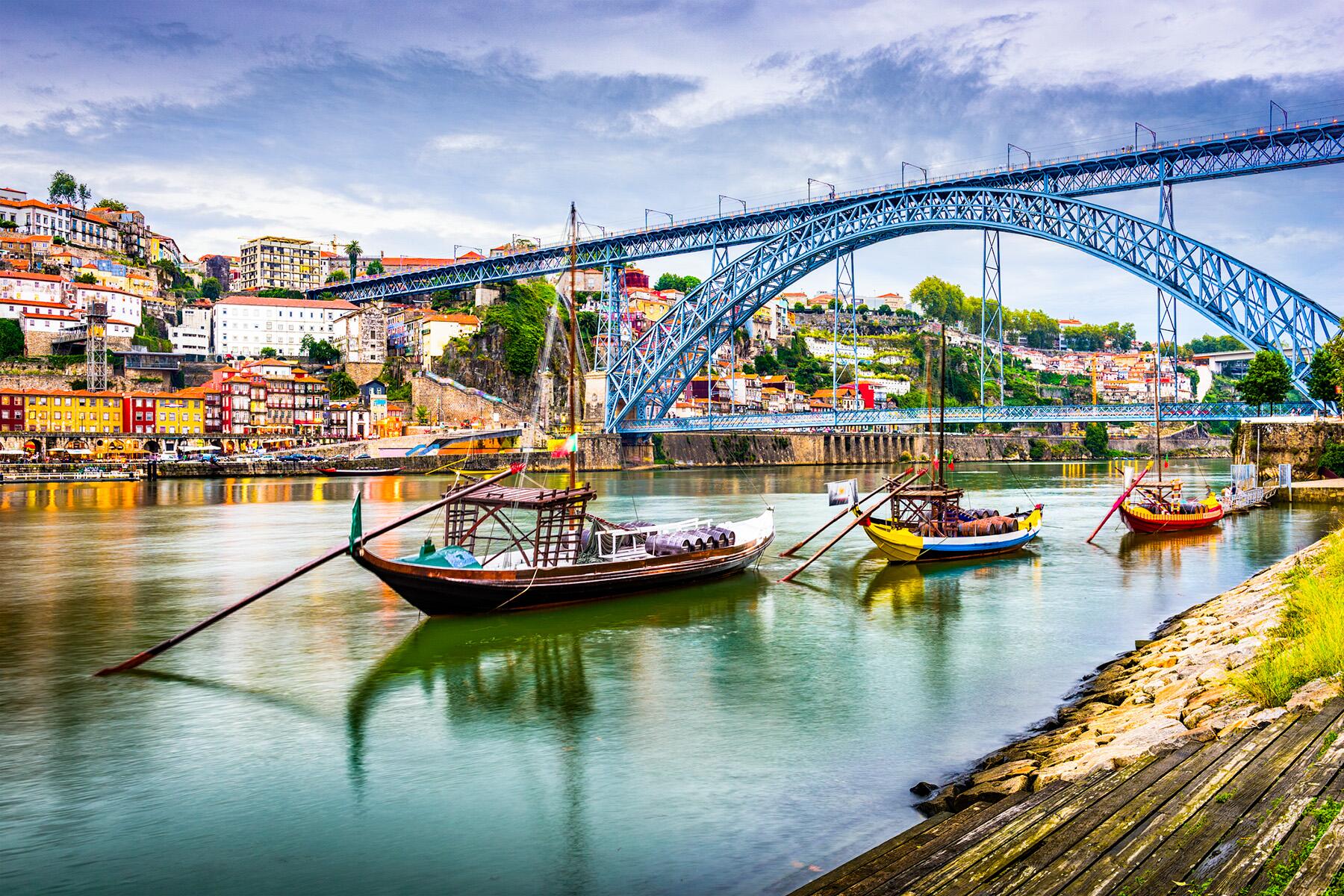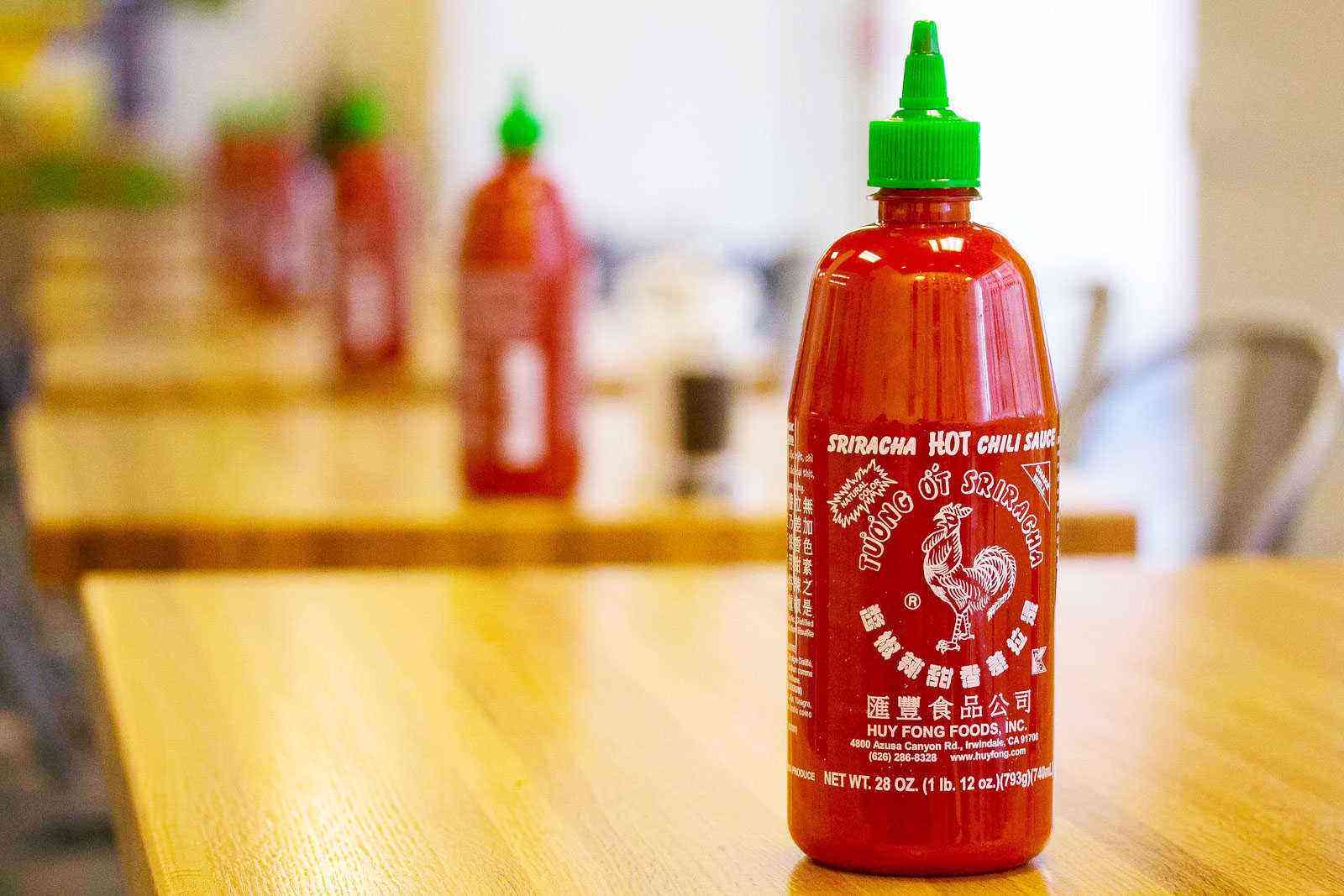In the U.S., grocery costs have increased 20% in the last two years.
Climate change is touching every aspect of human life. It may not be responsible for every disaster, but climate change is making extreme weather events more frequent and intense. Turbulence is getting worse. Cities are sinking. Droughts and floods are forcing people to flee their homes. What else? Food, of course.
Although food prices are affected by many factors—economics of the country, supply-chain, inflation, oil prices, wars and conflicts—climate plays a major role in production and it has started to sting. More than 345 million people face severe food insecurity in 2023 and crop failures due to floods, droughts, and other extreme weather events are making things worse.
Checked your grocery bill lately? In the U.S., grocery costs have increased 20% in the last two years and a quarter of American adults are food insecure. The surging prices of everyday staples from the supermarket is an indication of what’s to come.
Related: These 5 Countries Are Most Vulnerable to Climate Change




